The first thing to know about an apple fruit tree is where it can be grown. And here you are going to get this information about Fuji and gala apples. Fuji apples typically have a 75 mm average diameter and range in size from large to very large (3.0 inches). They are well-liked by consumers all over the world due to their thick pulp, which is sweeter and crispier than that of many other varieties of apples, and their 9 to 11 percent by weight sugar content. Even without refrigeration, Fuji apples have a longer shelf life than other apples. Fuji apples may remain fresh in the refrigerator for up to a year.
The most popular apple in Japan is still the Fuji variety. With the exception of practically all other types, Japanese consumers favor the crispiness and sweetness of Fuji apples (which are somewhat evocative of delectable pears), and the country imports very few apples.The most well-known apple-growing region in Japan is Aomori Prefecture, which is where Fuji apples are grown. Japan produces about 900,000 tons of apples each year, of which 500,000 tons come from Aomori.

Fuji apples are increasingly well-liked outside of Japan. Fuji apples made up approximately 70% of China’s 43 million tons of cultivated fruit in 2016 and 2017. Since their introduction to the US market in the 1980s, Fuji apples have gained popularity there. As of 2016, Fuji apples are the third most popular apple in the US, behind Gala and red delicious apple it was put. States that are known for their apple production include California, Washington, Michigan, Pennsylvania, and New York. With around 135,000 tons of Fuji apples produced a year, Washington State produces more than half of the nation’s apple supply, trailing only Red Delicious and Gala in production.
The Apple American Association recently forecasted that the Fuji apple will rank as the fourth most popular apple in the United States. The price search code (PLU code) for Fuji apples in North America is 4131.

Gala apples vs fuji
Let’s review the difference between Gala apples vs Fuji. The Fuji apple has a pulp that is deep, luscious, and crunchy all at the same time. Because of the low level of acidity it contains, it has a flavor that is reminiscent of citrus fruits. Gala apples are just as crispy as Fuji apples, but they are not juicy…. If the Gala candies are allowed to fully ripen and mature on the tree, they will taste their best.
Which apple has a more succulent flavor? Fuji apples Fuji apples are generally considered to be the tastiest apples available. There is a spectrum of colors seen in Fuji apples, from yellow to green to crimson. The natural sugars in Fuji apples really shine thanks to the apples’ low natural acid content; this allows the natural sugars to take center stage.
What does a Fuji apple taste like? Fuji apples are a fantastic option for folks who have a craving for sweet foods. The sugar level, measured in Brix, of Fuji Red apples is 15-15 points greater than that of Fuji Yellow apples. Fuji apples have a crisp texture and a juicy, sweet flavor that is reminiscent of apple juice that has been freshly squeezed. The flesh of the apple is composed of a pulp that is firm, milky white, and has fine granules.
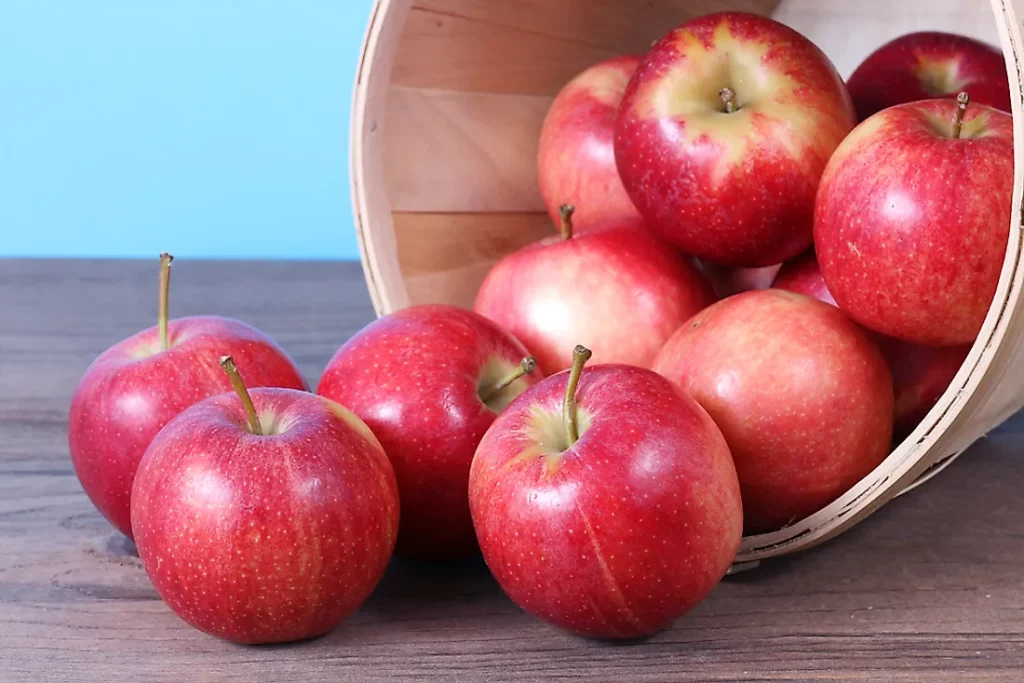
Difference between gala and royal gala apples
There are two types of apples that look like a lot, Gala and Royal Gala. Let’s see what their difference is. Gala apples that are two-toned and have a lovely reddish-orange blush are frequently streaked and have a yellowish-white backdrop. This fruit has a crisp, appealing texture and a pale, sweet yellow pulp, but its flavor is unremarkable.
The gala is available all year long and is highly well-liked due to its lovely look, sweetness, and texture. Harvest timing and storage effectiveness are crucial because overripe fruits have a tendency to soften. Gala can maintain its shape longer than conventional ULO storage and it is always available in retailers. Although freshly selected fruit has a more alluring aroma, flavor may be slightly lost with long-term storage.
Because of simulation and growth conditions, the quality of the gala diet differs greatly by country of origin. Brazilians have developed a distinct flavor that may be the best of all the roots, but sadly, they are renowned for having a wide range of textures. The “original” fruit, which grows in New Zealand, is a traditional celebration in every aspect. The gala has good color, texture, and sweetness and is also very different from the UK.
“Royal Gala” is a party with more than 50% red skin; they have the same flavor! The gala is, at its best, a gorgeous variety with an alluring, sweet, and crispy exterior. Crisp, delicious, and trustworthy
Origin: Kidd Orange and Golden Delicious were combined to create the New Zealand-born Gala fruit.
Growth in: Every country that produces apples.
Harvest and availability: The Southern Hemisphere gala is picked between early February (Brazil) and early March; the Northern Hemisphere gala is harvested between late August and late September (New Zealand).

Gala apples benefits
Apples have similar nutrition benefits, no matter gala or fuji etc. Large gala apples are healthy. Apples are seasonal, but most supermarkets carry them year-round. August Gala apples are reddish-orange with yellow streaks. Gala apples make a healthy snack, salad, or pie.
Fiber: Fiber-rich apples. A large gala apple has 5g of fiber. Peeling apples reduces the amount of fiber you eat. Fiber-rich foods help control appetite by keeping you full longer. Fiber helps regulate digestion, cholesterol, and blood sugar. Women need 22 to 28 grams of fiber per day, men 28 to 34.
Sugar: Apples’ fructose sugar gives you energy. Gala sweet apples are a better choice than sugary drinks, candy, and processed snacks because they provide more nutrients. A large gala apple has 23g of sugar.
Magnesium: A large gala apple has 10 mg of vitamin C, which boosts the immune system and promotes skin health and wound healing. Vitamin C’s antioxidant properties help prevent cancer and heart disease. Women need 75 mg of vitamin C per day, men 90 mg.
Carbohydrate: 45 to 65% of your daily calories should come from carbs, or 225 to 325 grams for a 2,000-calorie diet. Gala Apples are a good source of calories. Carbohydrates fuel your body and a large gala apple has 31g of carbs.
Calorie/fat: Low-fat, low-calorie foods help reduce hunger and weight. High-fat, high-calorie foods can cause weight gain and health problems. 116 calories and 1 gram of fat are in a large gala apple.

Gala apples history
History: The first Gala apple tree was one of several seedlings grown in New Zealand by garden owner J.H. Kidd by crossing Golden Delicious and Kidd’s Orange Red. In the 1930s, it began to expand. Stark Brothers Kindergarten Worker Child Donald W. Mackenzie Gives US Plant Patent
This particular cultivar was first made available on October 15, 1974. This cultivar is also gaining popularity among the leading British producers, which is great to see. It was not until the 1980s that this plant was first produced on a commercial scale in the UK, making it a comparatively recent import. This number now accounts for around 20 percent of the total commercial production of edible apples farmed in the UK. Orange pipin coke is frequently substituted for these apples.
Flavor: Small gala apples typically have vertical stripes of green, yellowish green, and red, giving them their distinctive appearance. Gala apples, in comparison to other types of apples, have a skin that is significantly thinner, are less prone to bruising, are exceptionally sweet and gritty, and have a flavor that is more subdued. The qualities of firmness, crispiness, and sweetness are used to evaluate products.

Gala apple tree growing zone
The greatest zone to cultivate gala apple tree? Gala Apple Tree Planting: Gala apple trees want a temperate climate that is neither too hot nor too cold. USDA hardiness regions expand from 5 to 8 in the middle areas. To grow a gala apple tree, choose a location with direct sunshine that receives full daylight. Requires a minimum of six hours of direct sunlight each day.
Gala apple trees produce large yields over a lengthy period of time. This apple will last for months if preserved properly! The majority of the year, you can eat handmade gala apples!
The skin of this robust, luscious apple is decorated with red and yellow stripes. Gala apples are delectable, sweet, and just tart. Gala apples are very adaptable apples that are great for baking, juicing, and eating raw. This is a fantastic choice if you only have space for one tree.

Gala apple trees envelop you in stunning pink-and-white blossoms in the spring. The apples are ripe and ready to be plucked for the majority of the fall. You will undoubtedly have a lot of apples to share with friends, family, and neighbors thanks to the prolonged production season. These trees prefer moist, well-drained soil and grow best in direct sunlight. Gala is a bloom in and of itself, but for optimal results, gala apple trees should be planted beside red or yellow delicacy, Fuji, honey crisp, or granny smith.
A snack that the entire family may enjoy is an apple. There is enough fruit to share from the Gala apple tree, which produces fruit every year. Growing apples in itself develops an enduring family custom that includes fresh eating, juicing, and cooking. Get a gala apple tree and start having fun with your family today!




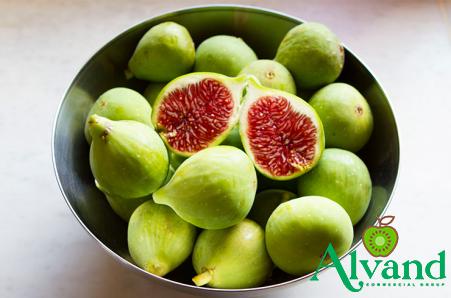

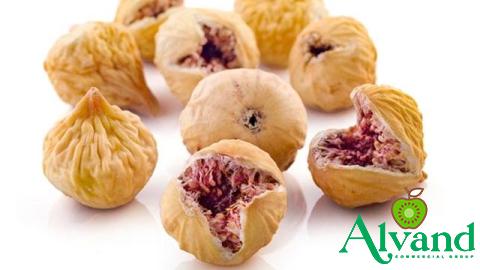
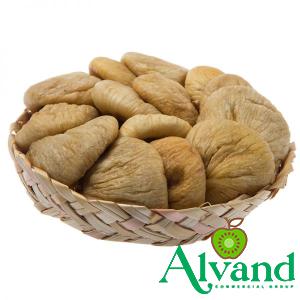
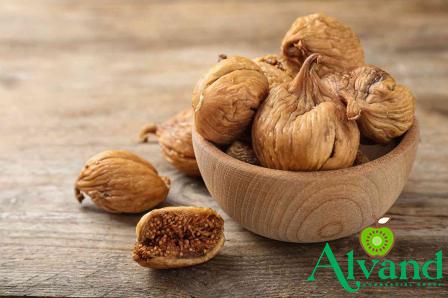
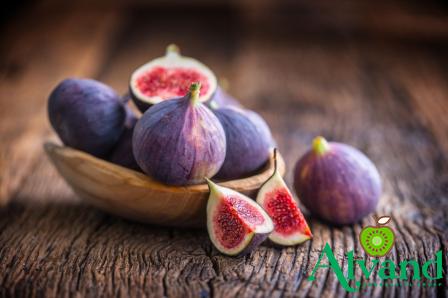
Your comment submitted.